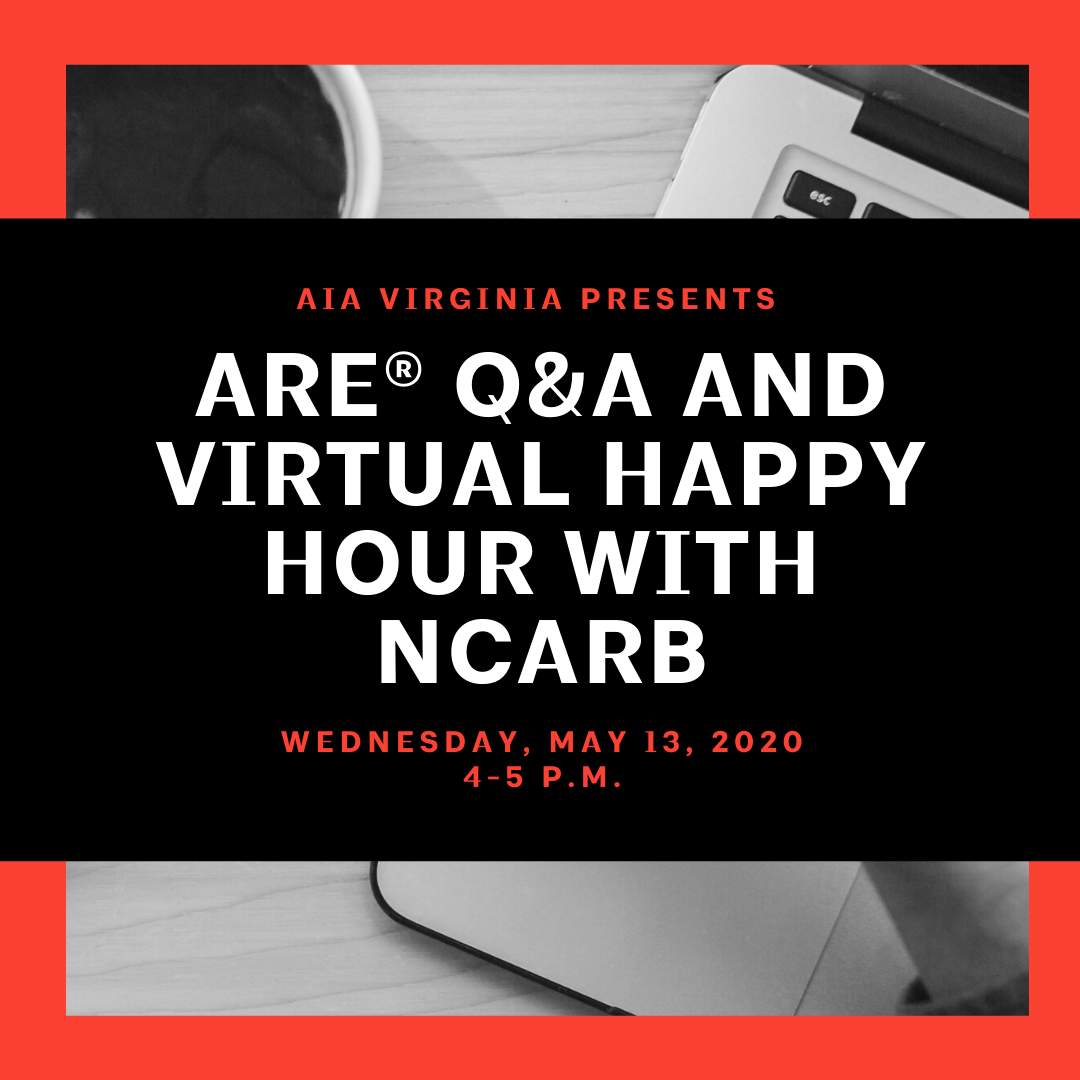If you’re a current licensure candidate or AXP supervisor, you’ve probably heard about recent changes to the ARE 5.0. If this is news to you, fear not – NCARB is only making some small changes based on industry updates and data they’ve gathered – it’s not a complete overhaul of the exam. The changes include:
International Code Council Version Update
All ARE 5.0 exams will now reference the 2021 ICC family of codes and include all codes that the current version of the International Building Code references. The intent of this change is to keep the exam items consistent with current professional practice, as many jurisdictions have adopted the 2021 code. Keep in mind that the exams do not require (or even expect) candidates to memorize the building code, but you do need to understand the content and be able to interpret and apply any references provided within the exam.
Quantitative Fill in the Blank (QFIB) Item Retirement
No more transcribing numbers into a blank answer box! ARE Candidates will still be required to complete calculations in order to answer exam items, but you will no longer have to type a number from the calculator into a box in order to answer the item. All of the other item types will still be included in each of the exams, including multiple-choice, check all that apply, hotspot, and drag and place. This change comes directly from NCARB’s industry research which has found that the other item formats are more consistent and effective. Everything else about the exam format will stay the same.
Exam Security Enhancements
If you have taken a division of the ARE, you know that NCARB and the testing centers they work with are serious about exam security. It might seem a little over the top to sign the ARE Candidate Agreement and roll up your pant legs for inspection, but all the implemented security measures are intended to ensure the validity of the ARE. The content of each exam division is confidential (and copyrighted) and sharing or discussion of specific ARE items is prohibited by the Candidate Agreement. You may have seen that just last month, three ARE Candidates were reprimanded by NCARB for Seeking or Failing to Report Disclosed ARE Content, and their names were shared publicly. An official reprimand is often accompanied by invalidated test results, suspended testing authorization, or denial of an NCARB Certificate. Reprimands are also shared with licensing boards, who may revoke the candidate’s license. The updated Exam Security and Candidate Misconduct section of the ARE 5.0 Guidelines has more information. These tests are tough for a reason, so don’t risk delaying or losing your opportunity to get licensed by looking for a loophole.
These three changes went into effect just a few weeks ago on February 27, 2024. If you’re an ARE candidate who has exams scheduled and has started studying, don’t let these changes discourage you. The content of the items and overall format of the exam is not fundamentally changing, and you do not need to re-study information if you’re already comfortable with it. NCARB has also updated its free practice exams to reflect the 2021 ICC and QFIB changes.
If you’d like to learn more about these updates, NCARB has a recorded webinar on their YouTube page which includes a deep dive into the exam security updates and a Q&A with Candidates. There’s also a post on their press page with links to the resources you’ll need.
As always, your questions about AXP, the AREs, or NCARB in general are always welcome and encouraged. Happy studying and good luck with your exams,
Gina Robinson, AIA
Architect Licensing Advisor – Virginia
gina.robinson@hdrinc.com





